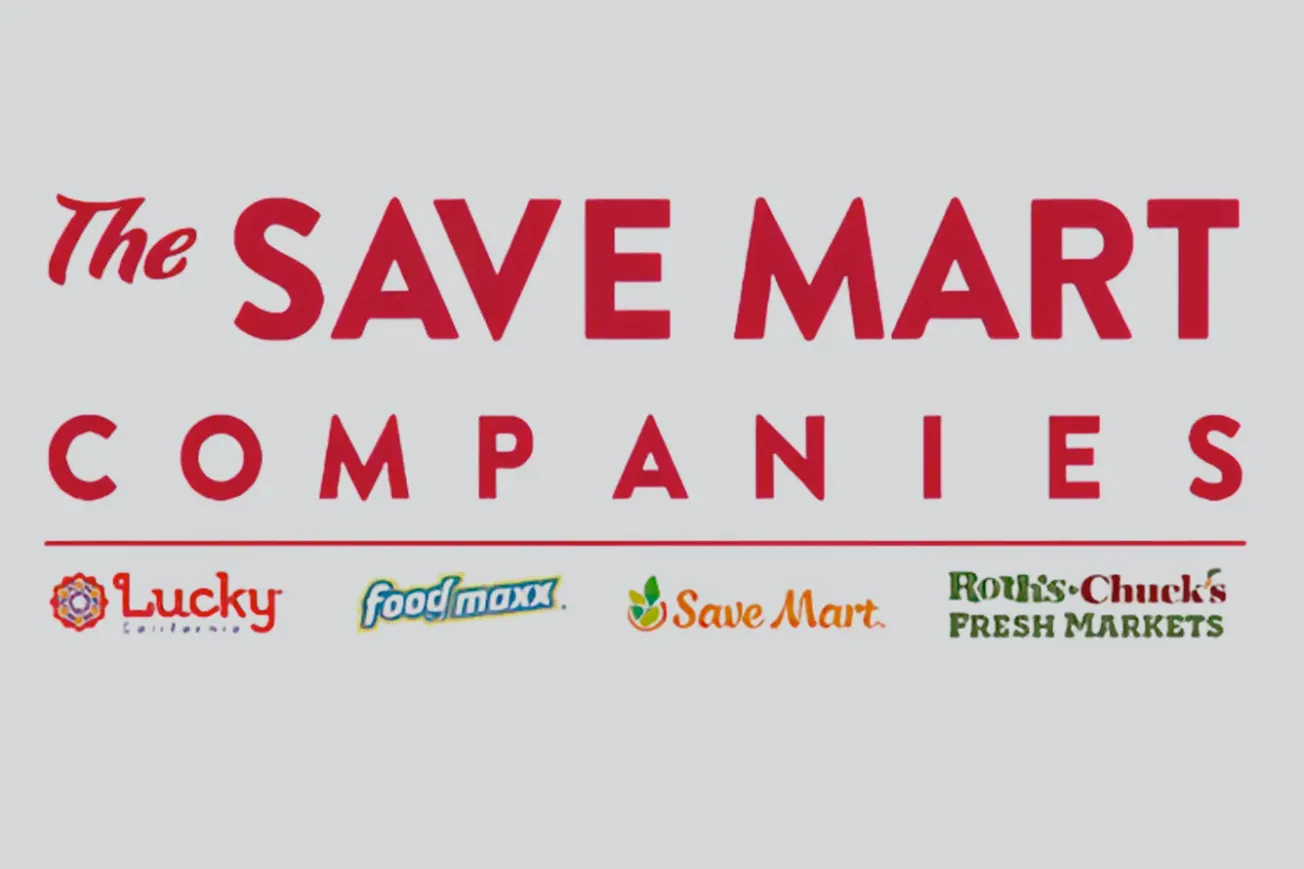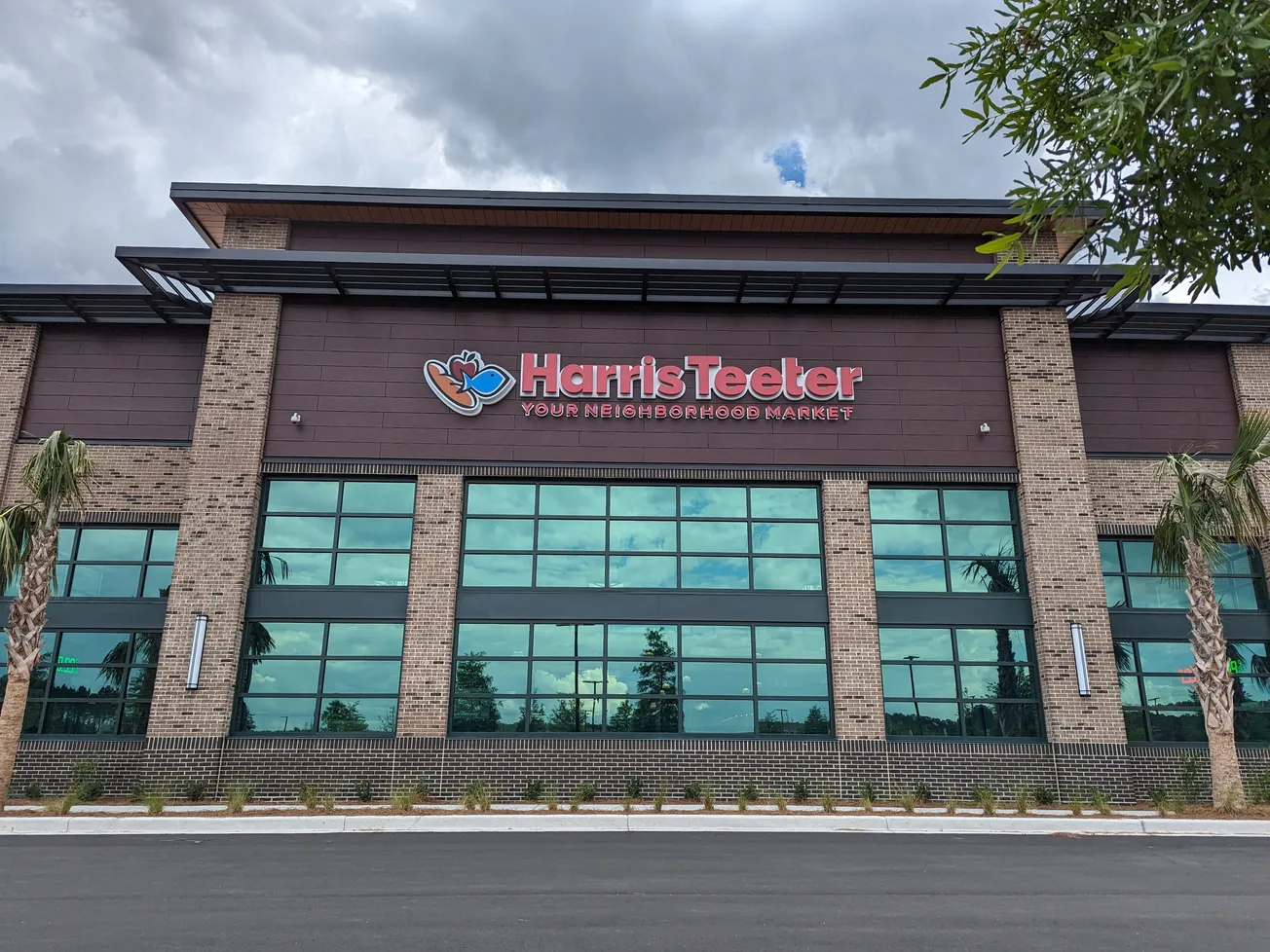It is no secret that size matters in mass retailing today, with larger chains enjoying efficiencies of scale and greater clout in their negotiations with suppliers. That translates into lower costs for bigger retailers, and lower prices for their customers.
 That dynamic is particularly important when it comes to online grocery sales, according to a new study from Mercatus, a leading provider of grocery e-commerce solutions.
That dynamic is particularly important when it comes to online grocery sales, according to a new study from Mercatus, a leading provider of grocery e-commerce solutions.
The study found that regional grocers in particular will struggle to compete with Walmart on online grocery sales. Mercatus says Walmart, on average, enjoys a 15% price advantage online based on a large basket of groceries in the U.S.
Walmart has other advantages in this arena as well. It is less reliant on service fees to support the cost of its pickup operations, and it generates more than eight times more net revenue from retail media per online order compared to some regional grocers. And the playing field is expected to continue to tilt in Walmart’s favor in the years to come. Its retail media revenues are expected to grow by at least 20% annually, and automation will lower its cost to fulfill online grocery orders even further.
“A key takeaway of this research initiative is that regional grocers need to consider pursuing a different path forward for online pricing because they typically have less ability to cover the incremental costs of these value-added services than Walmart,” said Sylvain Perrier, president and chief executive officer of Mercatus. “We recognize that grocers may view pricing as a third-rail topic, but the rationale and evidence for adopting a new online pricing paradigm continues to strengthen, and we want to help grocers navigate how they adapt to these competitive realities.”
Mercatus says its proposed approach to online pricing means a shift in strategy, but it has the advantage of being more aligned with why consumers actually choose to buy from a local grocer. Plus, it’s pointing towards a more sustainable way to compete online.
Last year, Mercatus figured out that most customers opt to shop at regional grocer stores because they’re “conveniently located.” Additional research this year found that about 40% of the shoppers who use a regional store as their main grocery shopping venue chose it simply because it’s the one closest to their home.
For those shoppers who prefer to buy their groceries at Walmart, by contrast, nearly half say they drive past two or more competitors to get there.
The good news for the regional chains is that being conveniently located is not just important for in-store shoppers; it also matters for people who order online but pick up their groceries at a store. When choosing where to shop for groceries online, just like when buying in a store, for most customers it all comes down to the balance between cost and convenience.
The new research initiative looked at other factors, including how correctly customers perceived online prices compared to in-store prices, how various elements of pricing affected repeat intent, and how many shoppers viewed the weekly ad before placing their most recent online grocery order.
Mercatus also said its research suggests ways that regional grocers can adjust their pricing strategies to help customers save money when shopping online.
One suggestion is to use a variable fee structure that flexes up or down based on when the customer wants to receive the online order. This approach achieves two things: First, it empowers the customer to choose whether “speed” or “fee” is more important to them relative to that specific order. Second, it creates more opportunities for the retailer to realize labor savings by batching together orders during the pick-and-pack operation.
“Regional grocers are well positioned to help their customers save time, and they can also offer customers additional ways to save money based on how they want to shop,” said David Bishop, partner at Brick Meets Click, which developed a new pricing framework outlined in the report.
However regional grocers choose to compete in the online space, it is clear that, in competing with industry giants, being smart and nimble is key.






